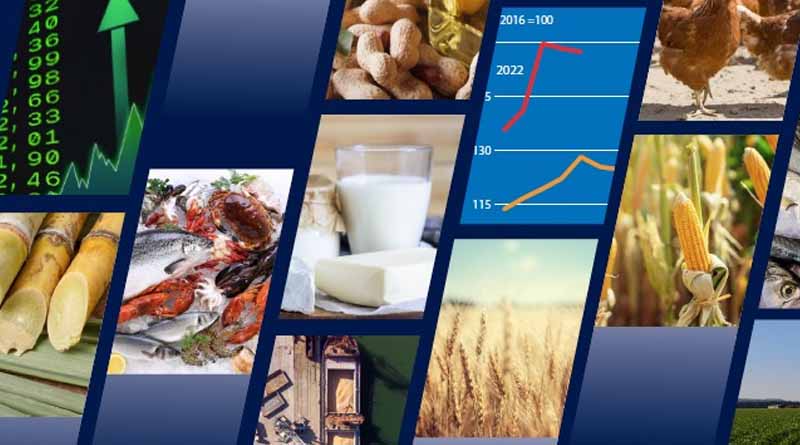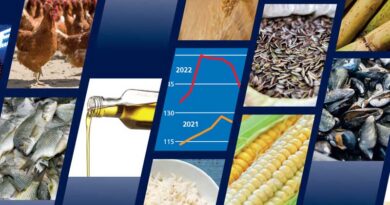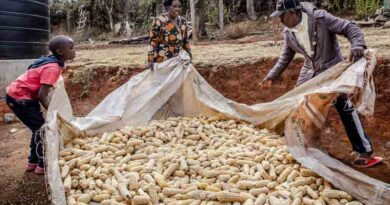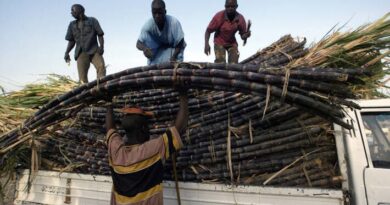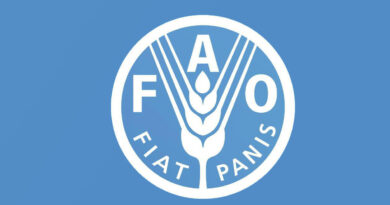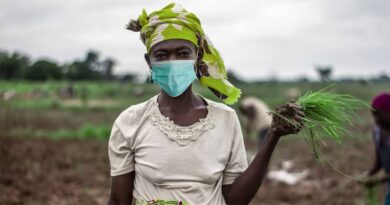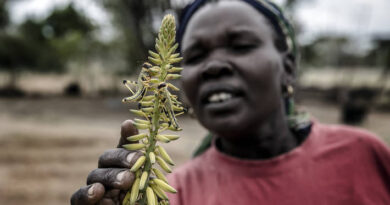FAO Food Outlook: Global output set for expansion, but declining imports by the most vulnerable countries are a cause for concern
15 June 2023, Rome: The world food import bill is forecast to reach a new record this year, though it is predicted to grow at a much slower pace compared to last year, as rising world prices, driven by higher quotations for fruits, vegetables, sugar and dairy products, dampen demand, especially in the most economically vulnerable countries, according to a report released today by the Food and Agriculture Organization of the United Nations (FAO).
FAO’s Food Outlook estimates that the global food bill will rise to $1.98 trillion in 2023, up 1.5 percent from 2022. It rose by 11 percent in 2022 and 18 percent in 2021.
While food imports by advanced economies continue to expand, the import bill for the group of Least Developed Countries (LDCs) is predicted to decline by 1.5 percent this year and that for net food-importing developing countries (NFIDCs) to decline by 4.9 percent, according to FAO.
“The decline in food import volumes is a concerning development in both groups, suggesting a decline in purchasing capacity,” the biannual report from FAO’s Markets and Trade Division warns. “These concerns are amplified by the fact that lower international prices for a number of primary food items have not, or at least not fully, translated into lower prices at the domestic retail level, suggesting that cost-of-living pressures could persist in 2023.”
The new edition of Food Outlook has a special chapter examining recent changes in the food component of the consumer price index for NFIDCs, and how currency movements, especially in relation to the US dollar in which most agrifood trade is invoiced, impact food price inflation in these countries.
While the US dollar’s depreciation during the 2007-08 global food crisis helped food importers offset the increase in food prices, the reverse effect has marked recent years. For example, world maize prices declined by 10.2 percent between April 2022 and September 2022, but by only 4.8 percent on average when calculated in real local currencies of NFIDCs.
That underscores the importance of well-tailored interventions to combat inflation, said FAO Senior Economist El Mamoun Amrouk, author of the chapter. Otherwise, he warned, “rising food prices can lead to social unrest and increased financial challenges, undermining efforts to fight poverty and food insecurity and wiping out any progress achieved so far.”
Extensive statistical details are presented in the report.
Commodity trends
FAO’s latest release of the Food Outlook, containing forecasts of the production, trade, utilization and stock levels across the world’s major basic foodstuffs, point to likely increases in production across most categories, including rice, coarse grains, oilcrops, milk, sugar, meat and fish and fishery products. However, global wheat output could fall from last season’s all-time high.
Notwithstanding this generally positive outlook, the global agrifood production systems remain vulnerable to shocks, stemming from extreme weather events, geopolitical tensions, policy changes and developments in other commodity markets, with the potential to tip the delicate demand-supply balances and impacting prices and world food security.
Global production of coarse grains is forecast to rise by 3.0 percent to 1 513 million tonnes, a new record, buoyed by an expected significant increase in maize output in the United States of America and a record harvest in Brazil, leading to higher overall supplies and lower prices.
World rice production is forecast to rise by 1.3 percent in 2023/24 to 523.5 million tonnes, while international trade is expected to drop by 4.3 percent in volume terms to 53.6 million tonnes. The anticipated output increase mostly reflects positive incentives provided by generally higher producer prices, easing fertilizer costs and continuing government assistance measures. By contrast, world wheat production in 2023 is expected to decline by 3.0 percent from its all-time high of 777 million tonnes in 2022, due mainly to expected decreases in the Russian Federation and Australia, both of which registered record outputs last year. The declines mostly reflect the likely impacts of extreme weather events, seen leading to lower planted areas.
Global outputs of oil crops, milk and sugar are all expected to expand, as is that for meat, although pig and bovine meat volumes could drop slightly in 2023.
Global production of aquatic animals is also expected to grow in 2023, although that is due to an anticipated increase in aquaculture production as capture fisheries are seen contracting.
Also Read: ICAR signs an MOU with Amazon Kisan to guide farmers on the scientific cultivation of crops
(For Latest Agriculture News & Updates, follow Krishak Jagat on Google News)

